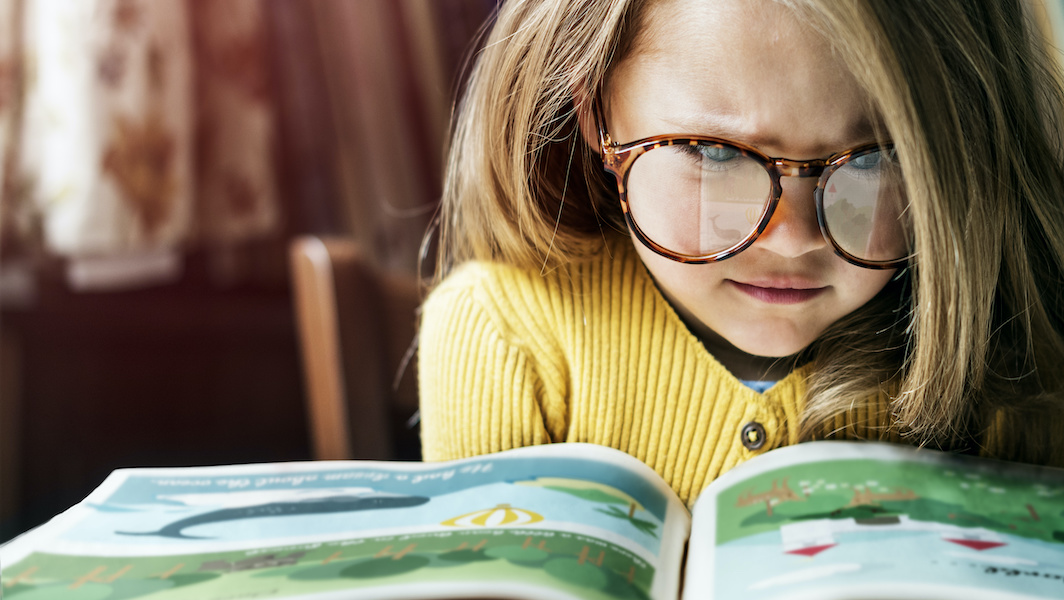What Our Children Can Teach Us About Sustainability in Fulfillment
There’s no easy answer to how to become more sustainable. But in fulfillment, taking a page from children’s literature can help.
By: Clint Smith, Director of Sustainable Packaging
Plastic waste generated from the packaging industry makes up an astonishing 141 million metric tons of waste per year globally. And 40% of that waste ends up in landfills around the globe.
As e-commerce continues to grow, the amount of container and packaging waste is only going to increase. By 2023, global retail e-commerce sales are expected to hit over $6.5 trillion, up from $3.5 trillion in 2019. While consumption grows, consumers and companies are becoming acutely aware of the impact this has on our environment. Making sure we preserve our world so that we can pass it on to our children is critical.
While the process for how companies can become more sustainable and cut their environmental impact is complicated — there's no one single answer — there are some simple lessons we can learn from the stories we share with our children.
The Story of the Lorax
The Lorax by Dr. Seuss was published in 1971, just as environmental issues were coming to the forefront of our culture. In The Lorax, a character known as a Once-ler finds the Truffula trees, which are critical for making in-demand Thneeds — highly versatile objects that are made by knitting the leaves of the Truffula trees together. The Once-ler begins using all the Truffula trees, cutting them down, harming the environment, and using up the world's finite resources. The forest of Truffula trees dwindles.
One of the creatures living in the Truffula forest, the Lorax, tries valiantly to warn the Once-ler, but to no avail. The Once-ler continues to cut down trees until there are no more left, and the Lorax and other Truffula forest creatures leave the area. Now unable to make any more Thneeds, the Once-ler goes out of business and into hiding.
Sustainability Lessons We Can Learn from the Lorax
There's a bit of "Once-ler" in all of us. Consumers need and rely on critical products every single day, and many companies are on a mission to ensure that these critical products (from fresh groceries to vital medicine and pharmaceuticals) get into the hands of consumers as quickly and efficiently as possible. To get these "thneeds" to consumers, we need to package them and make sure they arrive at their destinations in one piece.
But unlike the Once-ler, we have to be cognizant of the impact that we're having on the environment before it's too late. We're surrounded by our very own “Loraxes” every day. Everyone from scientists and environmentalists to our employees and customers that want — and demand — more environmentally-friendly products. Now more than ever, it's imperative that we strike that balance between turning a profit and protecting our natural resources.
To do this, we can select packaging materials that promote sustainability. This includes packaging made with renewable materials, as well as using packaging like Paper Consumables, which is 100% recycled, recyclable and biodegradable. That’s important, as a huge factor that contributes to higher carbon footprints is damaged goods that are returned back to shipping facilities or thrown out, which also greatly adds to landfill waste. Choosing the right protective packaging from the start can have a significant impact on sustainability efforts.
Choosing the right protective packaging from the start can have a significant impact on sustainability efforts.
Taking Small Steps to Begin Reducing Carbon Footprints
Bringing more sustainability to fulfillment isn’t something that will happen overnight. Becoming more sustainable is a learned behavior. Much like we teach our children to recycle their empty cans and old papers, we have to make teaching our teams how to implement more sustainable behaviors and processes a priority.
This begins with educating ourselves on how packaging plays an increasingly important role in our sustainability initiatives by learning about the impact of inadequate packaging on the total amount of waste generated. Knowing the benefits and the impact of these choices on the environment will help foster the adoption of more sustainable packaging choices.
As we start educating our organization on sustainability, we can be that one person that makes a difference, just like in The Lorax. In the end, it’s a young boy who “cares an awful lot” that is given the last Truffula seed by the Once-ler to regrow the forest.
Even small efforts can help preserve the environment before we’re down to one last seed, keeping the planet intact for our own little Loraxes. And one way we can do that is to pay attention to the packaging we use to ship our goods. The one big lesson we can learn from the Lorax is to t before it’s too late.
For more information on sustainable packaging solutions, download our white paper on sustainability, Damaged Products, Damaged Planet: Recognizing the True Environmental Impact of Packaging Decisions.

